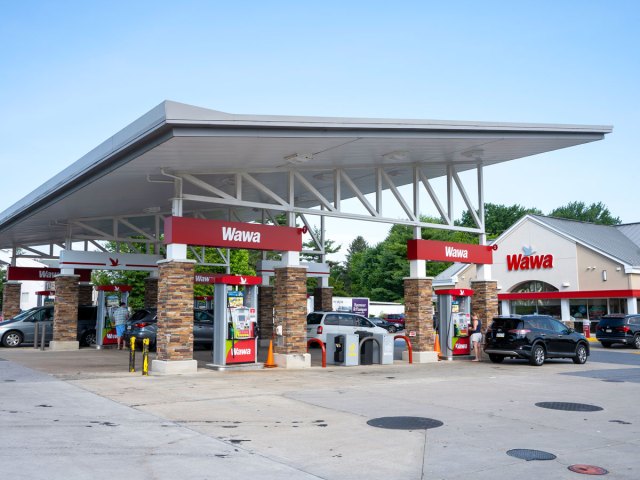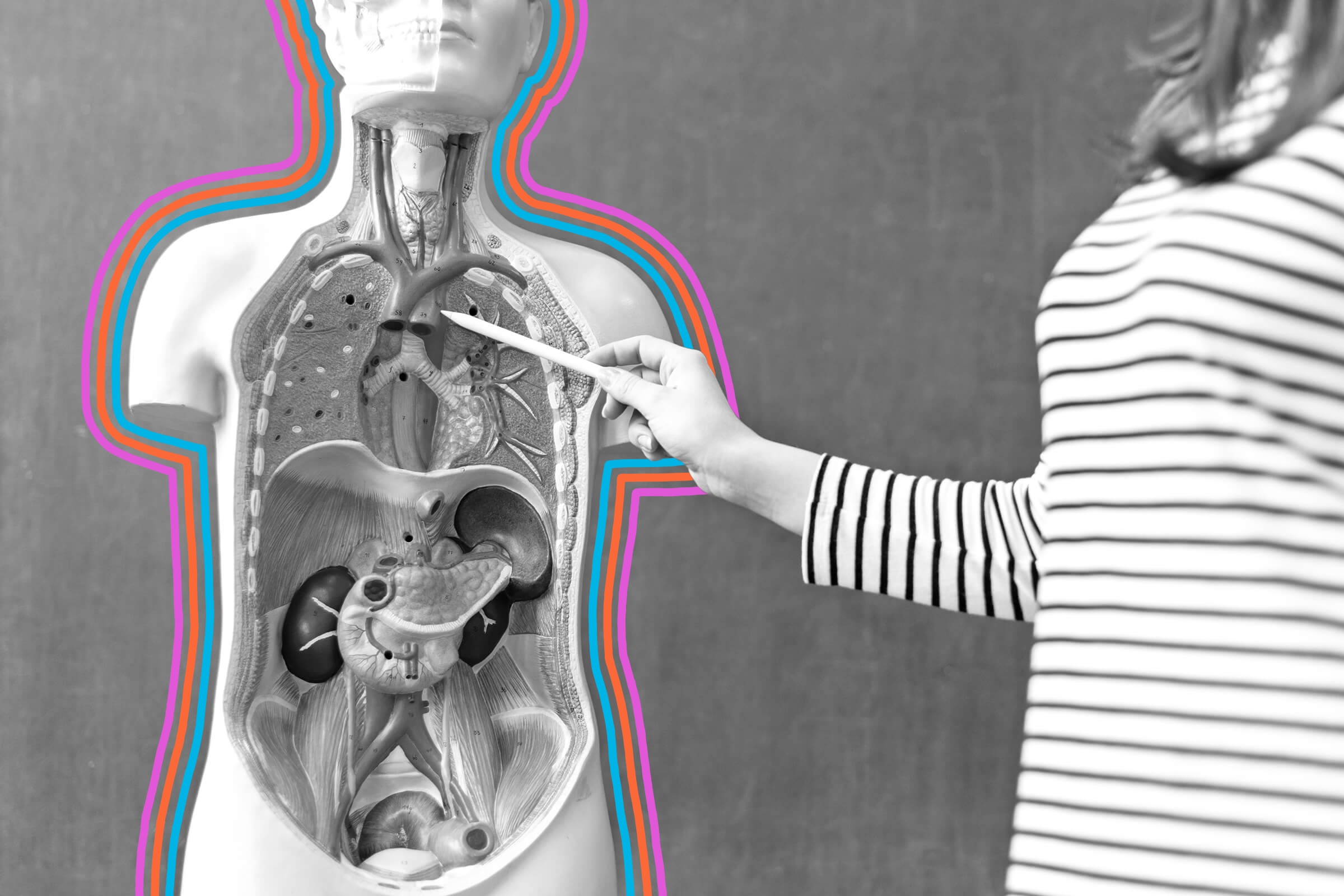Mealtimes are a movable feast. If you study the history books, you’ll see that when we eat, and how much, has evolved over the centuries. Cultural influences, changing work schedules, class, and personal preference combine to determine what constitutes dinner time, which helps to explain why there are so many pronounced geographical differences both between and within countries. In the U.S., for instance, average dinner time varies considerably by state. According to data collected from the American Time Use Survey and published by FlowingData, there is more than a 90-minute difference between the state with the earliest average dinner time and the state with the latest. Read on to find out where your state lands.
Past Trends

In the early days of the nation, immigrants to the U.S. most likely followed the customs and traditions they were accustomed to back home. According to the Oxford Encyclopedia of Food and Drink in America, breakfast in the 1700s and 1800s “was eaten immediately upon rising or a few hours later, after the earliest chores [had] been completed.” Then, “working men and schoolchildren returned home for dinner, the main meal of the day, which was traditionally served in the early or late afternoon.” And finally, “supper, the last meal of the day, was light and, sometimes, optional. It was eaten in the early evening.”
However, household manuals from the turn of the 20th century in America — when a variety of other technological and social factors were at play — tell a different story. These manuals would have been aimed at the upper and middle classes, who typically dined later and with company. Advice given in The Good Housekeeping Hostess, published in 1904, asserted that dinner fell between 6:30 p.m. and 8 p.m. However, the Twentieth Century Home Cook Book, published in 1905, advocated a commonsense approach: “The best time for a heavy dinner is after the hard work of the day is over and a couple or more hours can be given to comfortable rest, reading, conversation or light amusement.”
Earliest and Latest Diners

Fast-forward more than a century, and we can see that mealtimes still vary across the nation. According to the American Time Use Survey, most households in America eat dinner between 5:07 p.m. and 8:19 p.m. The “peak” dinner time across the nation — the time at which the highest percentage of people eat dinner — was 6:19 p.m. The survey found that, of all 50 states and the District of Columbia, Pennsylvanians ate the earliest, with an average peak dinner time of 5:37 p.m. A 2023 report from the Philadelphia Inquirer suggests this trend may be age-driven, though other states have similarly elderly populations.
The same survey found that D.C. residents ate their evening meal latest, with a peak at 7:10 p.m. Interestingly, due to the relatively small physical area and similarities between work and commuting patterns, D.C. had a narrower range of mealtimes compared with other states in the survey.
Average Dinner Time in Other States

With a peak dinner time around 5:40 p.m., Maine wasn’t far behind Pennsylvania in the survey. Next were Wyoming, New Mexico, North Dakota, and Alaska, which all eat around 6 p.m, according to the survey. At the opposite end of the spectrum, residents in Mississippi and Texas typically sit down to eat at 7:02 p.m., while those in Arkansas and Tennessee dine at 7 p.m., Nebraska residents sit down at an average time of 6:51 p.m., and Missouri eats at 6:34 p.m. on average. Californians fell right in the middle of the survey, with a peak dinner time at 6:19 p.m. The findings illustrate just how much variation there is from state to state and make it difficult to spot any regional trends in mealtimes.
Curious where your state falls? You can study the findings here.
The Rise of Mealtime Outsiders

Overall, Americans tend to dine relatively early compared to people in some other parts of the world. That could be set to change, however. A 2023 study commissioned by analysts Partners & Napier found that for 32 million Americans, there was a trend toward eating much later. These “Mealtime Outsiders,” as the report labels them, typically don’t have breakfast until around 10 a.m. or lunch until 3 p.m. As a consequence, dinner, the main meal of the day, is pushed back even further in their busy schedules, typically to 8 p.m. or later.
About the data: To compile this list, we referenced data published by statistician Nathan Yau, published on his blog FlowingData. The report referenced the American Time Use Survey from the U.S. Bureau of Labor Statistics from two periods, from 2018 to 2019, and from 2021 to 2022, to determine the percentage of U.S. households who were eating dinner at a given time. You can view the full report here.
More from our network
Daily Passport is part of Inbox Studio, which publishes content that uplifts, informs, and inspires.
























